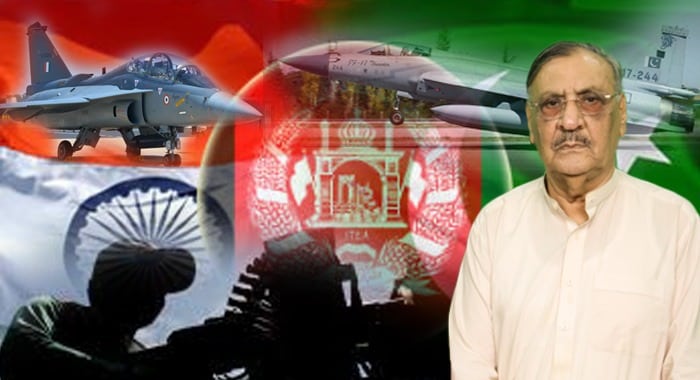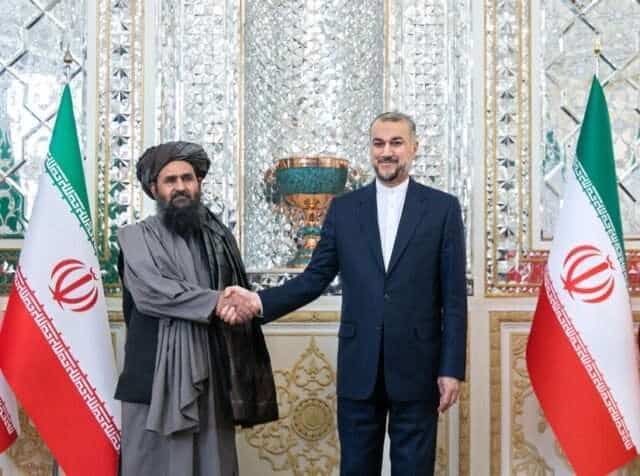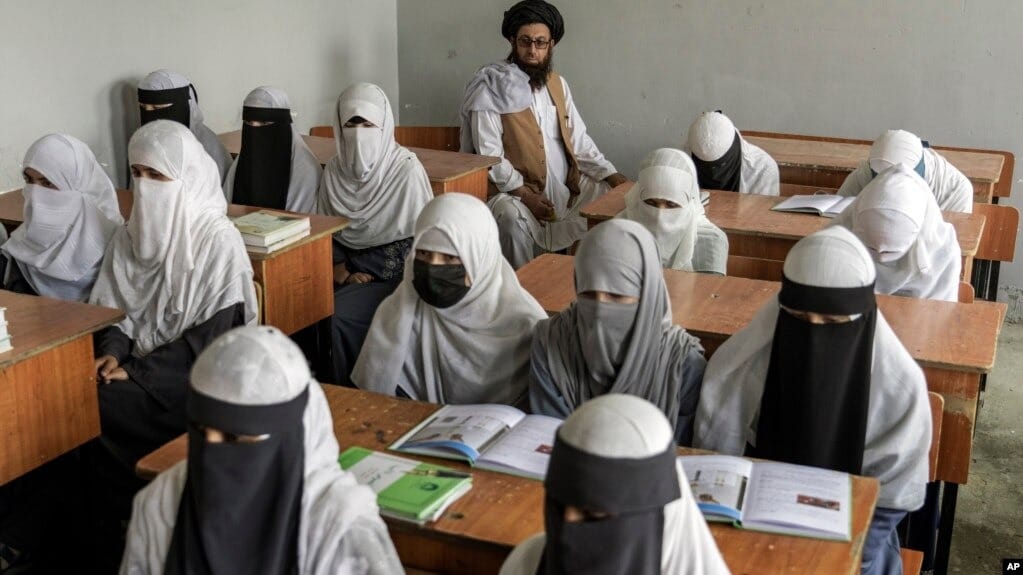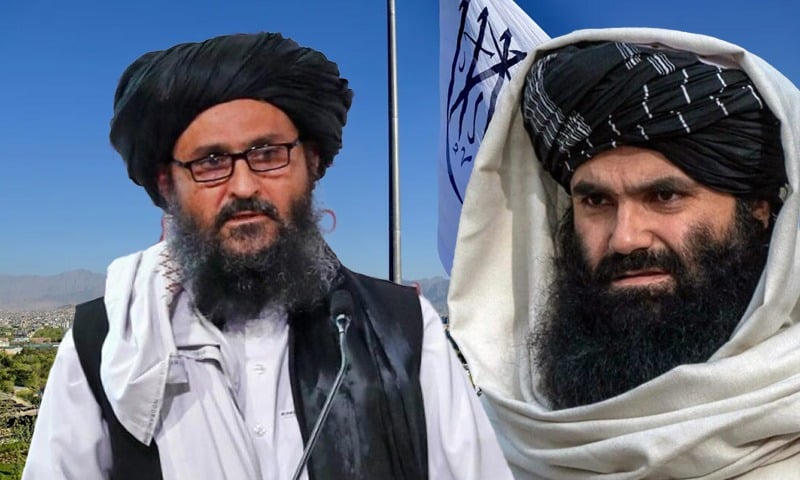Brig (R) Mehmood Shah
In the wake of the recent military confrontation between Pakistan and India, the geopolitical landscape of South Asia has been reshaped with a strategic shift that even the most seasoned observers in the West did not foresee. Pakistan’s performance in the conflict—marked by precision, restraint, and overwhelming technical superiority—has not only startled India but also left the global strategic community reevaluating their assumptions about Chinese weaponry and Pakistan’s military doctrine.
The war, though brief, served as a live demonstration of how 21st-century warfare is no longer defined merely by firepower or numerical strength. India’s much-touted Rafale jets, S-400 systems, and vast deployments in Kashmir were rendered ineffective by a Pakistani response that did not even require crossing the border. Within hours, Pakistan had neutralized key Indian assets, jammed their systems, and crippled infrastructure to a degree that reportedly blacked out as many as 70 states. This was not just retaliation—it was a revelation. A battlefield paradigm had shifted, and Pakistan was at the helm of it.
It is no exaggeration to say that the world, particularly the West, was stunned. Long perceived as a buyer of cheap Chinese arms, Pakistan has now proven that capability lies not in acquisition, but in execution. The synergy between Pakistan and China—a joint strategic depth rooted in decades of trust and coordination—has given rise to a new model of warfare, one that outpaces India’s obsolete regional fantasies.
Yet while Pakistan stood firm and triumphant, India scrambled for excuses. Within twelve hours of the Pahalgam incident, India’s leadership blamed Pakistan and launched a hasty, ill-conceived attack. That they arrived at a conclusion so quickly—when the alleged site was 200 kilometers from the border—speaks not of intelligence, but of intention. This was not investigation, but theatrics.
India’s current leadership, with its RSS-fueled ideology, resembles what one might term the “Hindu Taliban”—a religious fundamentalism cloaked in populist nationalism. It is unsurprising, then, that they seek rapport with the Afghan Taliban. But this alliance, covert or otherwise, has little strategic consequence for Pakistan. If anything, it reflects India’s desperation to open another front in its misadventure against a neighbor it consistently underestimates.
The question of Afghanistan remains deeply entangled in regional affairs. While religious and historical bonds tie the two nations, recent developments raise uncomfortable truths. The Taliban regime has increasingly acted in ways that contradict Islamic values—banning girls’ education, shutting homes, and turning a blind eye to the needs of their people. In moments of crisis, they run to Delhi or Washington for aid while ignoring the solidarity offered by Pakistan. If actions speak louder than declarations of brotherhood, then Afghanistan’s tilt reveals more than it conceals.
Pakistan, however, does not view such developments with insecurity. As a military and nuclear power, it has the capacity to handle threats on both its eastern and western borders. Whether it’s the Tehrik-i-Taliban Pakistan (TTP), the Balochistan Liberation Army (BLA), or shifting regional alliances, none pose an existential threat. Any such presumption underestimates the resilience, capability, and unity that Pakistan has demonstrated time and again.
Moreover, the political consequences of India’s missteps are beginning to take root. Prime Minister Modi, cast more as a showman than a statesman, may soon find his position untenable. The Indian public, too, cannot remain blind to the follies of a government that rushed into a nuclear-risk conflict and emerged battered and exposed.
Meanwhile, global attention has refocused on Kashmir. Once confined to bilateral forums under the Shimla Agreement, the issue has now internationalized—especially after U.S. President Donald Trump expressed willingness to mediate. Water disputes, territorial disagreements, and cross-border tensions are now subjects of international discourse, not just regional bickering.
In this post-conflict environment, Pakistan emerges not just as a military victor, but as a diplomatic force with moral high ground. The path ahead demands strategic patience, careful diplomacy, and above all, unwavering national unity. For while Pakistan has proven it can defend its sovereignty, the next phase is to consolidate its influence—and ensure that its vision for regional peace is not lost amid the chaos of its neighbors.





